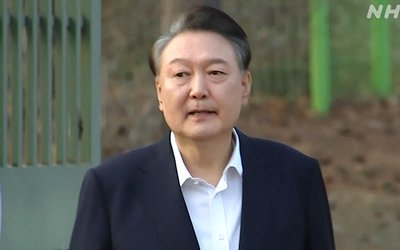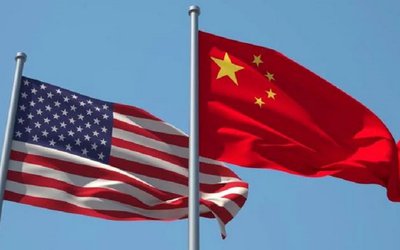More on National




Almost 14,000 children whose schools were destroyed or heavily damaged in the two earthquakes are having classes for the first time in five weeks in temporary learning centres.
On this first day of school, these children from the most heavily-affected districts in Nepal are using learning materials from UNICEF and other partners’ school, early childhood and recreational kits.
This is an initial step forward for children given the level of destruction to schools and education facilities the most affected districts suffered. Further efforts are underway to urgently bring many more children back to school.
“Evidence shows that children who are out of school for prolonged periods of time after a disaster are increasingly less likely to ever return to the classroom,” explains Tomoo Hozumi, UNICEF Nepal Representative.
UNICEF is working closely with the Ministry of Education and partners to get all children back to school as soon as possible, while also assuring safe learning environments and emotional support for children:
More than 100 teams of structural engineers are working across the affected districts to gather data on level of damage and identify safe and unsafe classrooms. More than 1230 school blocks have already been structurally assessed.
137 Temporary Learning Centers (TLC) have been set up, benefitting about 14,000 children in 16 districts most affected by the two earthquakes.
1,142 teachers received training on psychosocial support to children and key lifesaving messages on disaster preparedness, health, hygiene and protection.
58 per cent of $8 million worth of planned emergency education supplies are already in the UNICEF pipeline
As part of the mass media campaign, key messages on “Back-to-School” have been aired, focusing on the importance of education in emergencies, such as safety, access for all, and the roles of parents and communities.
However, much remains to be done to address the 985,000 children who couldn’t return to classes today, thus facing a great risk of dropping out of school. Altogether, 32,000 classrooms were destroyed and 15,352 classroom were damaged after the two major earthquakes.
“We are committed to continuing to set up temporary learning spaces as fast as we can so that no child is left out of school. Simultaneously, we are encouraging families to send their children back to schools which have been designated safe, and urging communities to render their support to the Back-to-School campaign,” informs Hozumi.
The Education Cluster, which consists of the Government, UNICEF and all other humanitarian actors working in this sector, estimates that $24.1 million are urgently needed to conclude structural assessment of 7,800 schools; set up a total of 4,668 temporary learning centres; provide teaching, learning and recreational supplies for 1 million children; and, train 19,568 teachers and facilitators on psychosocial support and life-saving messages.
“Education cannot wait– especially in the immediate aftermath of natural disasters like the Nepal earthquakes”, said Mr. Hozumi. “While reconstruction of thousands of schools will no doubt be a priority in the recovery phase, if we are not able to provide at least a temporary solution immediately, we run the risk of losing many children who otherwise could benefit from our efforts to build back better the education system”.







